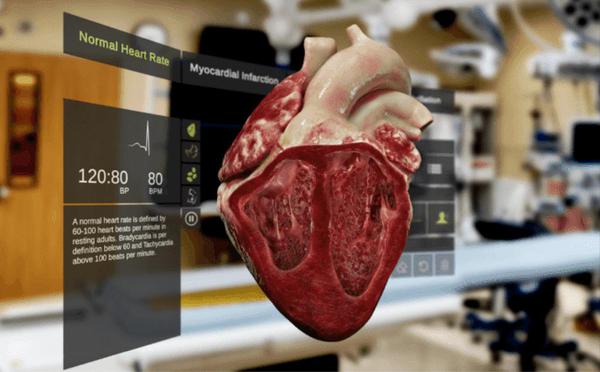
Holographic Healthcare Training Now Available for Med Schools
Holograms, the representation of three-dimensional objects on a two-dimensional surface, were invented by Hungarian-British electrical engineer and physicist Dennis Gabor in 1947 while working on an electron microscope. However, optical holography did not advance until the invention of the laser in 1960. Gabor received the Nobel Prize in Physics in 1971 “for his invention and development of the holographic method.”
Since then, holographic technology has evolved and today is used across several industries, including education.
Since then, holographic technology has evolved and today is used across several industries, including education.










